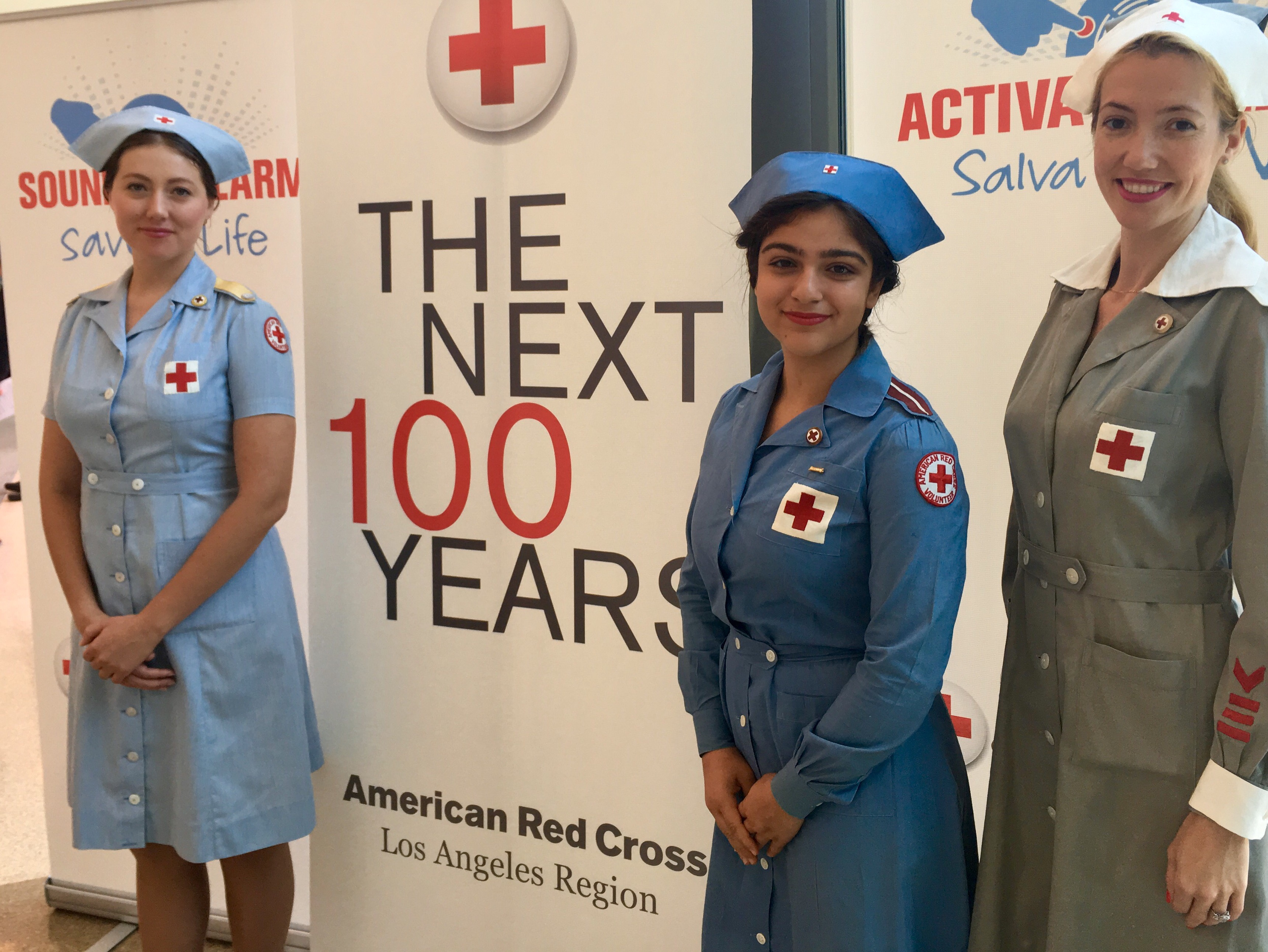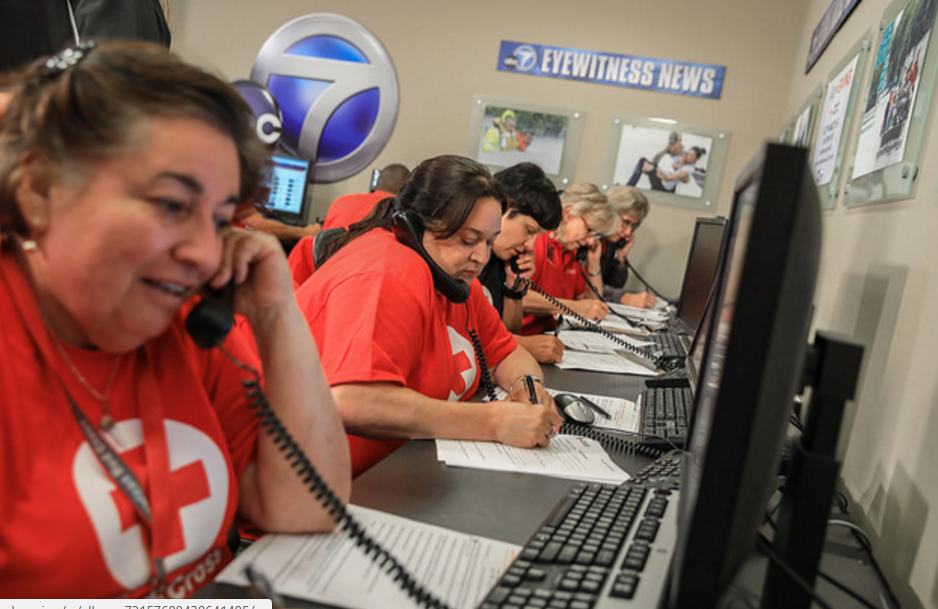By California Safe Corps Americorps Manager, Joe Edwards
Equipment can be purchased and replaced. Extra staff can be hired or asked to be on call. Spaces can be vacated for extra beds and cots. But blood cannot be manufactured, it can only be donated or transferred.
Try to imagine a doctor telling a patient that the elective surgery they’ve had scheduled is being cancelled.
Then, imagine a doctor telling someone the important transplant surgery, critical to their survival, has to be delayed until further notice.
Finally, imagine a doctor telling a parent that their child has passed away because they couldn’t supply enough blood while they were enduring a trauma.
As the current blood supply in the United States runs critically low, these horrific hypotheticals might become a reality. Donations tend to slow down during the holidays, but when matched with the inclement weather that has hit many regions of the United States (including Southern California where many blood drives have been canceled), the country’s blood supply becomes scarily low. Try a quick google search of “Blood Supply Critical.” The results will show many local news stories from across the entire nation pleading with the public and donors to roll up a sleeve and help out during this critical time of need.
The Red Cross supplies 40 per cent of our nation’s blood, providing for 2,600 hospitals nationwide. And, as our nation’s leading blood collector, the American Red Cross is now appealing to current donors and potential donors across the country to make the time to donate.
I work for the Red Cross, but long before my employment there began, I was already a regular blood donor. I donate because I know that with every donation I make, my blood will go to individuals that need it to survive. Now, I try to donate as often as I can— every 56 days.
Working at the Red Cross and meeting staff from our Bio-Med Division has given me a more grounded perspective on the importance of blood donations. Every year, roughly 38 per cent of the U.S. population (over 100 million people), at any given time, are eligible to donate blood. Unfortunately, less than 10 per cent of those eligible (around 7 million people) actually donate. As a side note, and just to be clear, many of the regulations that prohibit certain people from donating are not policies specific to the Red Cross. They are policies of the Food and Drug Administration (FDA) and this is something that we, at the Red Cross, take very seriously.
We can all do our part.
I donated whole blood on February 1st, at the Red Cross chapter in Santa Monica, CA. If you are reading this and able to make the sacrifice, I highly encourage you visit redcrossblood.org or download the app (I have it and it saves me tons of time!) and schedule your appointment today.





